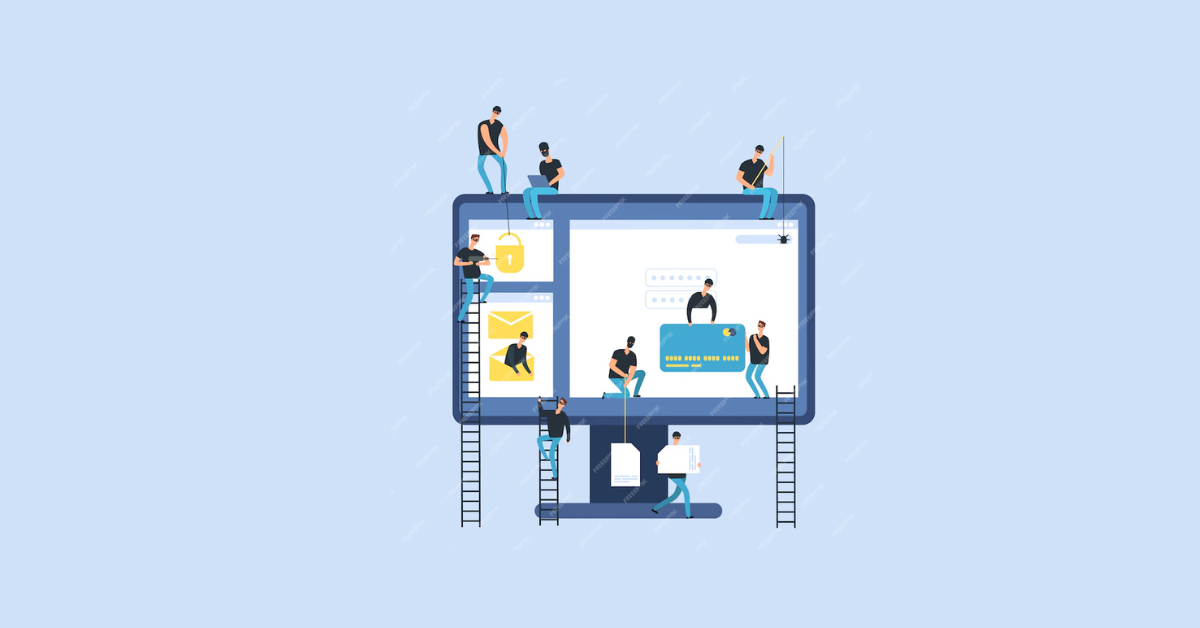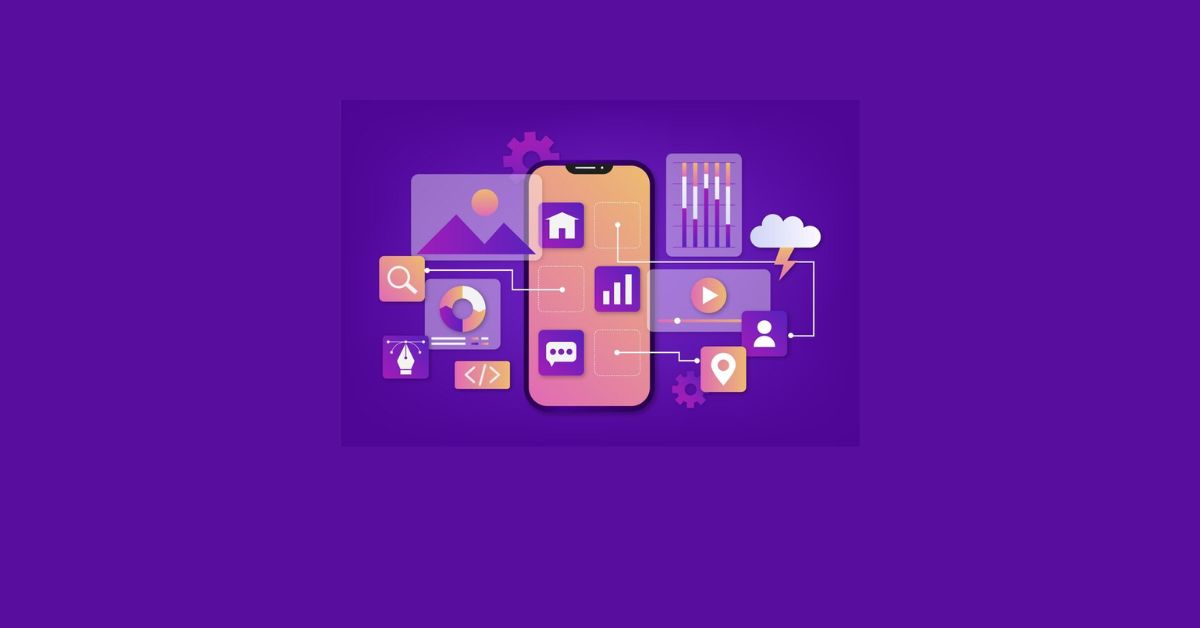Understanding the importance of web accessibility is to create an inclusive environment. It’s not just about following rules or avoiding penalties, it is about ensuring that the web is welcoming and useful to all, including individuals with disabilities. Dive deeper into how prioritizing web accessibility can transform web design, making the internet a better place for everyone. This approach enriches the user experience and amplifies the site’s reach, and visibility, positioning your brand as a champion for inclusivity.
- What is the Role of Accessibility in Web Design?
– Legal and Ethical Considerations
– Business Benefits
– Expanded the audience reach - Principles of Accessible Web Design
- Implementing Web Accessibility in Your Web Projects
– Start with HTML
– Design Considerations - Overcoming Common Web Accessibility Barriers
- Last words
What is the Role of Accessibility in Web Design?
Realizing the significance of web accessibility reveals its place as a cornerstone of modern web design, fusing moral commitments with obvious commercial benefits. It includes:
Legal and Ethical Considerations
Adhering to the accessibility requirements is grounded in fairness and inclusivity. The legal framework ensures that the digital spaces are accessible to everyone. This commitment extends beyond meeting a set of standards, it reflects a broader, global initiative to provide all access to users.
Business Benefits
Incorporating web accessibility into the development process benefits businesses to differentiate themselves. A website that accommodates all web users aligns with your brand’s commitment to inclusivity and enhances the reputation of the customer. This approach will benefit SEO, as search engines prefer websites that serve a wider audience and foster innovation by incorporating a variety of perspectives in the design process.
Expanded the Audience Reach
Accessibility also means reaching a broader audience, including those without disabilities. It’s about ensuring your site is usable for everyone, from parents with their hands full to seniors and people in areas with low bandwidth connections. By making yourself accessible, you are filling a requirement and tapping into the new market. It’s a good view of making your web content accessible and user-friendly as an ethical duty and a strategic move to extend your reach, connecting you with a wider spread of resources.
Make your website accessible to everyone—enhance your design today with our expert web accessibility services!
Principles of Accessible Web Design
They are crafting the internet that’s accessible to all hinges on embracing the four fundamental concepts – Perceivability, operability, understandability, and robustness. These ideas are not just about the industry but they are the very foundation of what it means to make the web a welcoming place for everyone. Let us unpack the terms and see how they apply to it-
Permeability- it is about ensuring that every visitor can understand the content on your site, regardless of how they use it. It’s like where every person can understand and buy the products or review the services accordingly. For instance, when you add descriptions to your images, you help people to get the correct information.
Operability- This ensures everyone can navigate your site smoothly using a mouse, a keyboard, or voice commands. Using keyboard navigation is similar to creating a seamless path for visitors to go around your virtual world, enabling them to explore every inch of it without any problems.
Understandability- It means breaking down the information so anyone can understand it. Clear form labels act as friendly guides, telling visitors exactly what’s needed from them and clearing up any confusion right from the start.
Robustness- It involves making your website future-proof so that it can be accessed from any device or browser and has doors large enough for any kind of vehicle to pass through in the years to come. It makes sure that your site can be understood by a wide variety of tech experts, from old-school browsers to the latest assistive technology.
Implementing Web Accessibility in Your Web Projects
Start with HTML
Think of semantic HTML as the basic structure of your website, with each element intended to perform a certain task. It is necessary to appreciate the area, much like directional markings in a park. Semantic HTML improves your SEO and helps screen readers understand the structure of your website since search engines prefer clean, uncomplicated information. Development teams and UI designers in particular, must adopt this strategy to build an accessible website interface that guarantees user-friendliness and improved search engine rankings.
Design Considerations
Keyboard Accessibility- Make sure that everyone who visits your website can engage with it easily, even if they only use a keyboard to navigate. Envision an environment that is easy to use and where all necessary components are easily found, such as when navigating a well-lit, signposted hallway.
Functional Elements- Make sure your buttons, links, and forms stick out by placing them in logical and aesthetically pleasing ways. It’s like walking into a space where everything you need is right there, easily accessible, and well-designated.
User Experience (UX) Optimization- Choose logical and unambiguous navigation so that visitors may browse your website as easily as they could a well-curate photo album. This will guarantee a seamless and joyful trip from beginning to end.
Typography and Visibility- Use typefaces and design components that improve the readability and accessibility of your website. To increase the site’s inclusivity, make sure that all of the content and interactive elements are simple to read and use.
Overcoming Common Web Accessibility Barriers
It takes more than just checking boxes to be ADA compliant to embrace inclusive design and follow the Web Content Accessibility Guidelines (WCAG)—you also need to create digital experiences that are as dynamic and varied as the people using them. We address two issues to pave the road for a more egalitarian, engaging, and accessible web for everyone:
Technical Challenges- Although it can often feel like a difficult jigsaw to solve, overcoming web accessibility obstacles in web design is essential for making places that are welcoming to all. One typical problem is that color contrast is insufficient, which makes writing difficult to read in strong light or for people with vision difficulties. It is similar to attempting to read a faded sign from afar. Making sure that the text has a high contrast with its background is similar to amplifying your message to ensure that it is heard clearly by everybody.
Secondly, there is the error of not including alternate text for pictures. Imagine ignoring the beauty of the artworks surrounding you as you go through an art exhibition with your eyes closed. Including descriptive alt text allows users to access a wealth of visual content.
Usability and Inclusive Design- A closer look at the relationship between web accessibility and usability indicates that both have the same objective of improving the usability and smoothness of online experiences for all users, including older and mobile users. Through this synergy, accessible design benefits go beyond compliance and enhance the online experience for all users. For example, intuitive design and obvious navigation routes improve everyone’s experience on your website, not just those with special needs.

You might want to read
Last words
In conclusion, web accessibility is an essential component of conscientious and progressive web development, not merely a checkbox. It guarantees adherence to rules and creates avenues for creativity, increased audience involvement, and enhanced user experiences.






